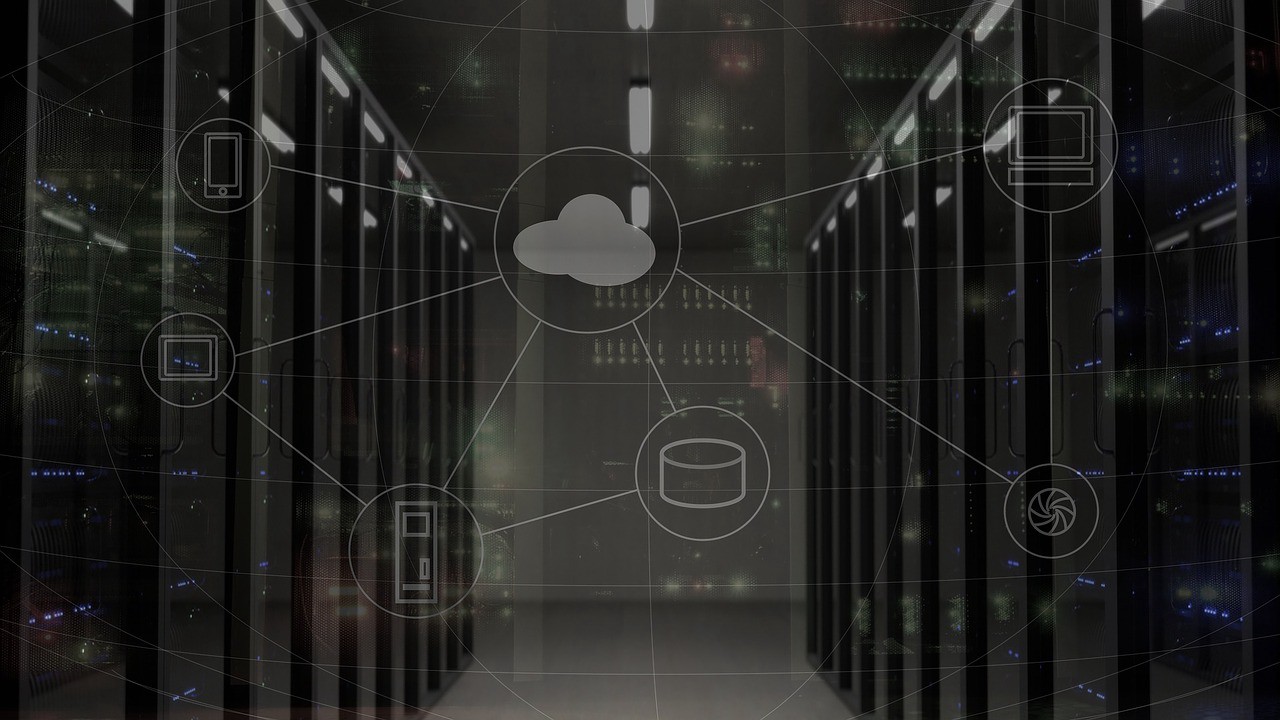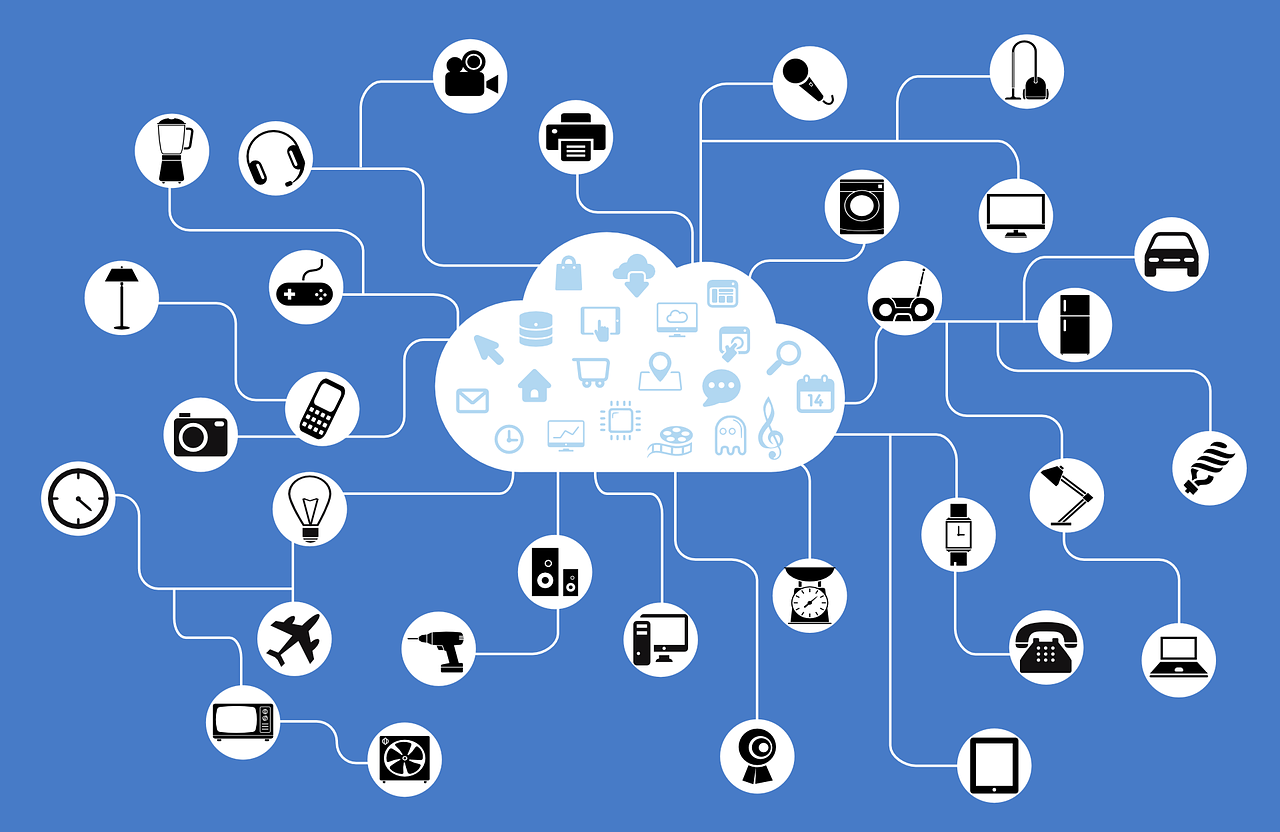Digitization. IoT. Big Data. There are plenty of technical Industry 4.0 buzzwords being thrown around in the world of manufacturing, and it can easily be overwhelming for manufacturers who might not have a background in technology. Innovation happens at lightning speed, and keeping up with the times is difficult. We’re here to clear the waters with this brief glossary for non-technical manufacturers.
What’s the Buzz Around Industry 4.0?
Industry 4.0 can be thought of as the 4th revolution in the manufacturing industry. First, there was the invention of the steam engine — which garnered in the industrial revolution. Just under 100 years later, the assembly line and the adoption of electric-powered manufacturing tools increased manufacturing speed exponentially.
Another 70 years after that, computers found their place in the industry, giving manufacturing robots a new level of efficiency. Just under 50 years later, Industry 4.0 is bringing to the table a completely new level of analysis and efficiency to manufacturing. By improving data collection and aggregation to maximize efficiency while also creating a seemingly autonomous factory, Industry 4.0 is completely changing the way manufacturing is done. Almost everybody wants a piece of this technology, but even with all the technological advances, the goals still remain the same (reduce waste, increase output), technology just makes it easier to achieve those goals and remain competitive.
Advanced Manufacturing — The process of leveraging the most advanced technology available at the current time in order to maximize the output and/or product quality of a manufacturing facility.
Artificial Intelligence (AI) — A technology that gives computers the ability to learn based on data, previous experiences, and their environment in order to make decisions in order maximize results.
Big Data — Large compilations of data that can be analyzed in order to reveal patterns, trends, and associations. Big data is especially used in order to detect bottlenecks in productivity, predict outcomes, and find patterns that otherwise wouldn’t be noticeable through informal analysis.
Cloud Computing — A secure data center managed outside of your company, much like the bank you use, with the resources to scale and store billions of data points.

Cyber-Physical Production Systems (CPPSs)— An unnecessarily complicated term for the concept of when machines are connected in a process or line and one machine’s actions can influence another.
Digital Native —A person who was born into the world of digital technology. They typically have a high level of intuition and understanding of using technology and the Internet.
Digitization —The process of moving information onto a format that can be understood by a computer in order for that data to be used in computational calculations.
Human-Machine Interface (HMI) —A user-interface consisting of hardware and software that lets a person send request/commands to a machine. Typically HMI’s are meant to make it as easy as possible for a person to control a machine with little difficulty. A great example here would be a smartphone. With a smartphone, a user would perform various actions in order to navigate to the phone-call application and place a call.
Industry 4.0 —The current trend in the manufacturing industry that uses a combination of IoT, big data, and cloud computing in order to develop factories that can make decisions based on large amounts of data. A couple benefits that Industry 4.0 offers is the ability to detect bottlenecks and deficiencies using big data, high-level customization, and automation of production.
Internet of Things (IoT) —The concept of connecting otherwise separate machines or data sources so that people can take better decisions and actions faster. This large number of data-gathering devices is the backbone of Industry 4.0 that allows people to make decisions in alignment with varying productivity goals.
Interoperability/Machine 2 Machine (M2M) —The ability of machines to communicate together and make decisions using information without the need of human intervention.
SaaS (Software as a Service) —The process in which software is centrally hosted by a vendor and licensed to users on a subscription basis.
Smart Factory —A smart factory is a learning factory, where people leverage data and technology constantly. Essentially, it’s the implementation of Industry 4.0 technology.
This Is All Helpful, But Where Do I Start?
It may help to provide a practical example for using some of these terms. I’ll use my company as an example, Oden Technologies. We provide a cloud platform that can help people develop a smart factory. We provide IoT devices for all sorts of machines for data collection while providing real-time data visualization and actionable insights for manufacturers to make things better.
Our service also comes with unlimited user accesses that provide their customers witha n option to share access to the platform data with anyone they want to. Overall, Oden requires minimal work and provides a straightforward and simple integration solution for manufacturers being pressured to digitize their entire factory!
What is the biggest production constraint in your operations? Where can you leverage data and Industry 4.0 technology to fix these issues? If you look at many manufacturing companies thriving today being built today, you may find plenty. Can you make data one of your competitive advantages?


